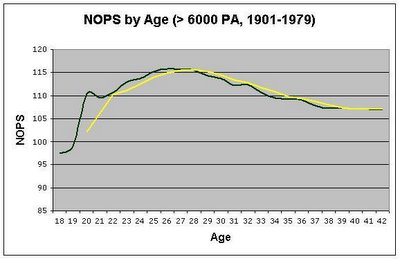Pitchers and catchers have reported and besides the baseball world being filled with stories of the delinquency of Manny Ramirez, the injuries of Mark Prior and Kerry Wood, the World Baseball Classic, and Pedro's toe, that means that it's time for baseball books.
Don't you love it when two of your interests collide?
Walk Like a Sabermetrician has a positive review of the THT Baseball Annual, which is nice to see. He also has a rather negative review of The Book on the Book by Bill Felber in which he makes the statement:
"If you are well-read in sabermetric theory, you will not learn anything from this book. If you are not, you still may not learn anything from this book. The studies Felber presents are wrought with questionable methodology and selective sampling problems."
I wanted to read this book but never got around to ordering it, and perhaps now I'll pass it by.
In other reading I just finished Winners by Dayn Perry and will have a review on THT shortly as well as Baseball's All-time Best Sluggers by Michael Schell. Yes I'm more than a bit tardy on that one but should have some comments posted here shortly.
In the mail I see Baseball Between the Numbers, which I'll also review on THT in the coming months and of course Baseball Prospectus which should be shipping soon. I pre-ordered John Dewan's The Fielding Bible but have yet to see it as well as The Book: Playing the Percentages in Baseball, which should be out soon.
Dave Studeman also had some comments on the new crop of baseball books over at THT.




125x125_10off+copy.jpg)


